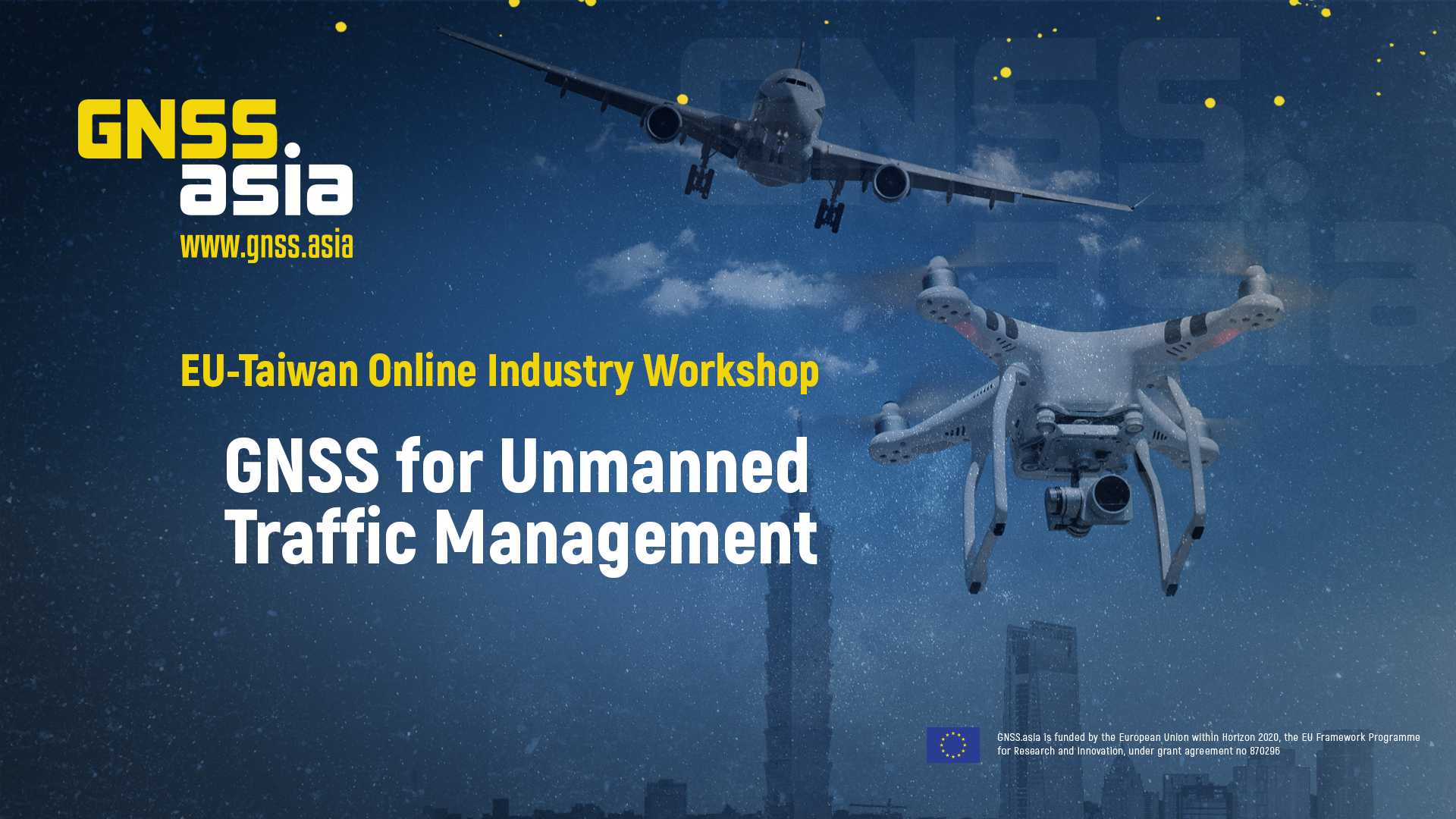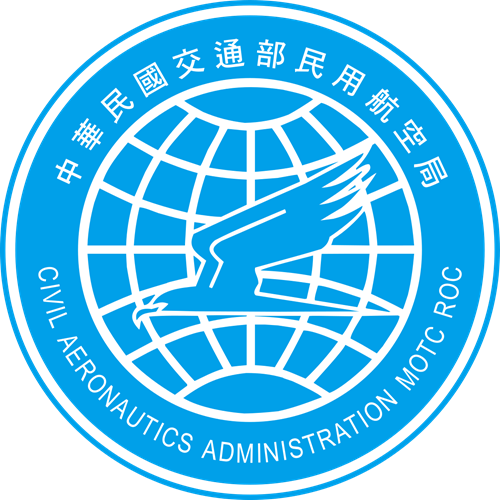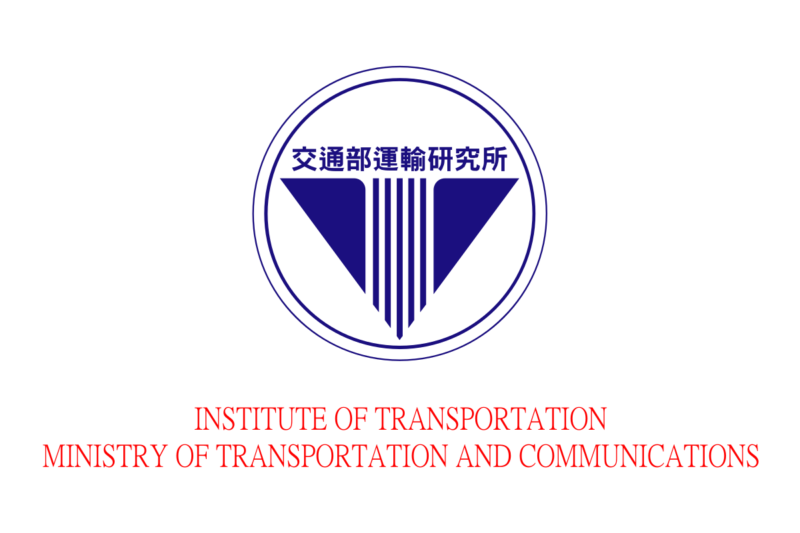Flashback to the EU-Taiwan Online Workshop on GNSS for Unmanned Traffic Management


The article summarises the highlights of the recent online event organised by GNSS.asia – EU-Taiwan Online Workshop on GNSS for Unmanned Traffic Management.
Outline of the event
On 19 January, GNSS.asia held an online workshop which gathered 30+ GNSS experts and enthusiasts from both Europe and Asia to discuss the potential opportunities for the UAV industry in Taiwan provided by Galileo, the European GNSS with a focus on the development of the upcoming Unmanned Traffic Management (UTM) systems. The list of speakers was diverse and included EU and Taiwanese institutions as well as representatives from academia and industry which engaged in a fruitful discussion.
The future of Urban Air Mobility with EGNSS
Carmen Aguilera Rios – the Head of Section Operational Market Development for Aviation at the European GNSS Agency (GSA) – presented the current state of the European GNSS (EGNSS), namely the operational capabilities of Galileo and EGNOS stretching across a wide range services that enable a multitude of applications. The focus was placed on the rising importance of positioning for the EU UAV industry that is projected to reach 10 bn EUR by 2035 to become the third most important GNSS market segment.
Galileo’s wide range of services, European GNSS Agency, 2021
The unique benefits of the EGNSS for unmanned aircraft system (UAS) and UTM are represented by four core pillars:
- Availability – enhanced performance in challenging environments
- Integrity – increased reliability of critical services
- Accuracy – unprecedented precision, including in the vertical axis, for new demanding applications
- Authentication – embedded cybersecurity features utilising Galileo’s Open Service – Navigation Message Authentication capabilities
An in-depth overview and analysis of technological and application aspects of the EGNSS capabilities for UAVs are available in the form of a dedicated white paper published by the GSA.
Taiwanese drone regulatory framework

Hwa Keng – a senior analyst at the Civil Aeronautics Administration, MOTC – continued the discussion by outlining the present regulatory conditions of the UAV industry in Taiwan.
The framework consists of five core “M’s”:
- Man – general/professional remote pilot license requirements
- Machine – registration/airworthiness certification of aircrafts
- Method – operational limitations and exemptions
- Medium – altitude-based differentiation of jurisdiction
- Measure – capability manual approval and operational application
UAV industry promotion in Taiwan
Yu-Che Huang – an associate researcher at the Institute of Transportation, MOTC – provided an insightful outlook on the situation of the Taiwanese drone industry. Whilst there exists a comprehensive manufacturing and R&D ecosystem, the majority of market players are SMEs focused on the development of small UAVs for aerial photography and surveying. The public sector is the main purchaser, in particular with respect to infrastructure inspection, disaster prevention, aerial surveying, and law enforcement. When it comes to emerging applications, agriculture spraying, wind turbine inspection, and drone delivery are particularly prominent.
Three main challenge groups were identified:
- Technological R&D – insufficient funds to develop key technologies & limited domestic market size and inadequate incentives for innovation
- Industry development – isolated R&D and marketing strategies & lack of international visibility and cooperation opportunities
- Regulation & infrastructure – the absence of UAS Test site and application scenarios & talent gap between academia and industry
Yet, such short-term opportunities as the market gap after the ban of DJI in the US could be leveraged to build up more long-term aspirations like the establishment of Urban Air Mobility (UAM). To further this ambitious agenda, a Roadmap for UAS developments in Taiwan has been formulated with the first action item being the assembly of the U-Team – UAV Industry Alliance.
GNSS-driven UTM solutions

In the end, a stimulating panel discussion took place where four speakers pitched their unique positioning solutions that promise to become the cornerstones of the future UTM system. Dr Chin-E Lin from Chang Jung Christian University showcased the results of the preliminary test of UTM in Taiwan, namely the Hierarchical UTM. The concept is based on the ADS-B-like communication infrastructure and differentiates between regional and nation UTM. So far, 12 LoRa GTS and 1 APRS GTS have been deployed in Southern Taiwan. This is planned to be further expanded to reach full coverage in Taiwan in 2022.
Next, Koen Meuleman – the Founder of Belgium-based Unifly – gave an insight into the company’s vision for the creation of the European UTM system with the key goal is to leverage the full potential of the EGNSS. The system development based on testing in a live environment in Antwerp, Belgium is conducted as part of the Project SAFIR.
Then Dr Ke-she Li – the COO of Taiwan-based Drone Cloud Service and Management, Earthbook Inc – presented their 4D DaaS Platform. The system intelligently embeds 3D models on a map and provides crucial learnings such as temporal or spatial overlaps that enables real-time drone positioning and collision avoidance.
Lastly, André Bauerhin – the COO of Germany-based Navcast for Drones, SpaceOpal – shed light on the firm’s global GNSS Precise Point Positioning (PPP). The service enables centimetre-level accuracy and fast convergence times for end-users worldwide. Moreover, elements like authentication, integrity, recording, alarming, as well as safe and secure dissemination further tailor the service to the needs of UTM applications.
Outlook for the future
It is still not fully clear how the UTM system landscape will evolve and which ultimate shape they will take, especially considering the differences in approaches employed by various involved European and Asian parties. What could be said for certain, however, is that Galileo with its unique differentiators has all the potential to become the key powering technology for the future of unmanned air mobility.
In case you have any questions, please contact us at hello@gnss.asia.
In case you wish to be connected to one of our speakers please register for industry support.
If you did not have the opportunity to watch the webinar live and would like to learn more, the recording of the event is at your disposal here.





